
How to Use L293D: Examples, Pinouts, and Specs
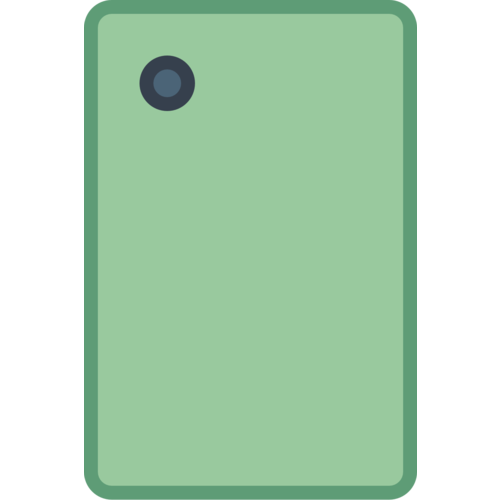
 Design with L293D in Cirkit Designer
Design with L293D in Cirkit DesignerIntroduction
The L293D is a quadruple high-current half-H driver designed to provide bidirectional drive currents of up to 600 mA at voltages from 4.5 V to 36 V. It is capable of driving inductive loads such as relays, solenoids, DC, and bipolar stepping motors. Its high current and voltage capabilities make it a popular choice for controlling motors in robotics and automation projects.
Explore Projects Built with L293D
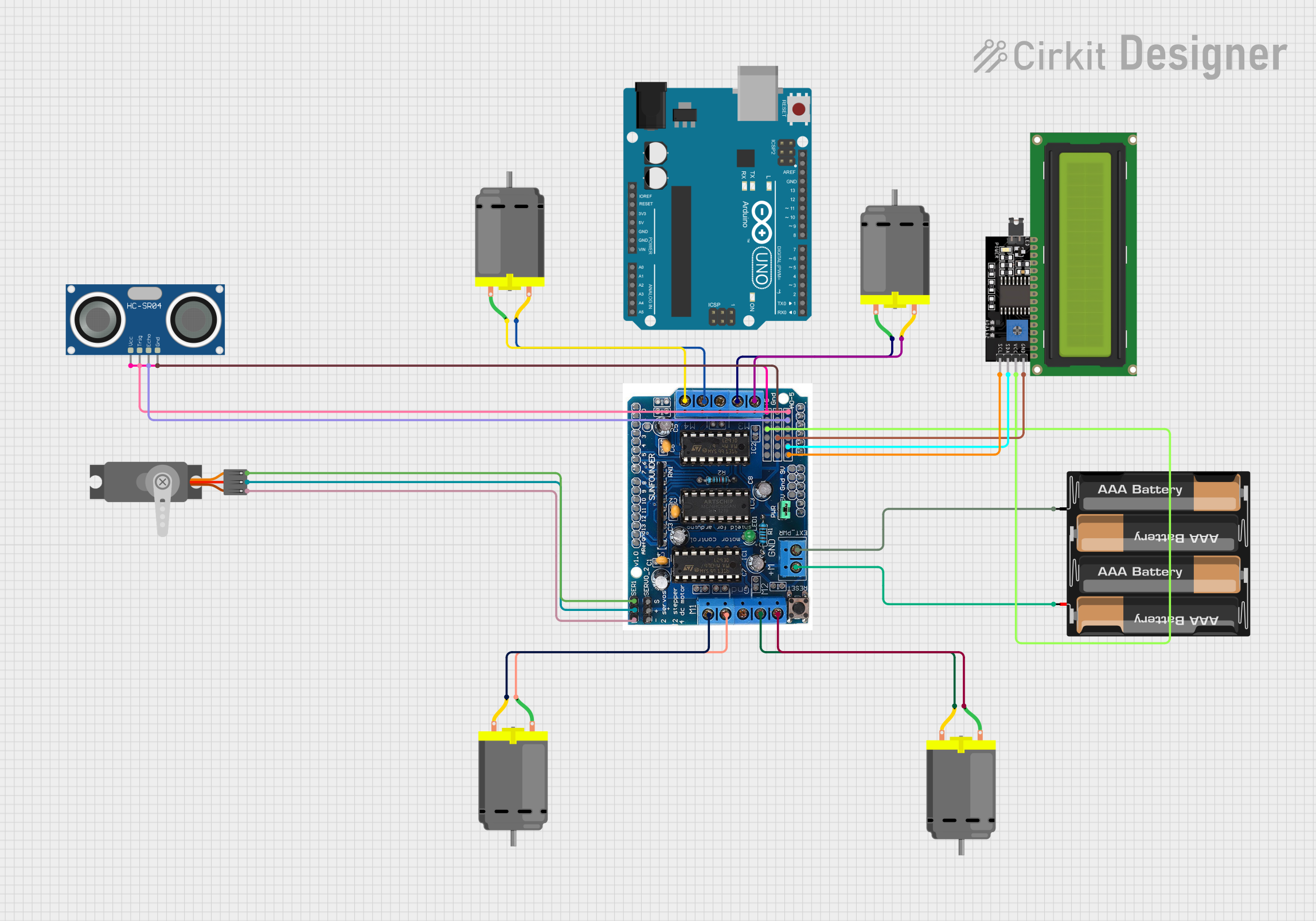
 Open Project in Cirkit Designer
Open Project in Cirkit Designer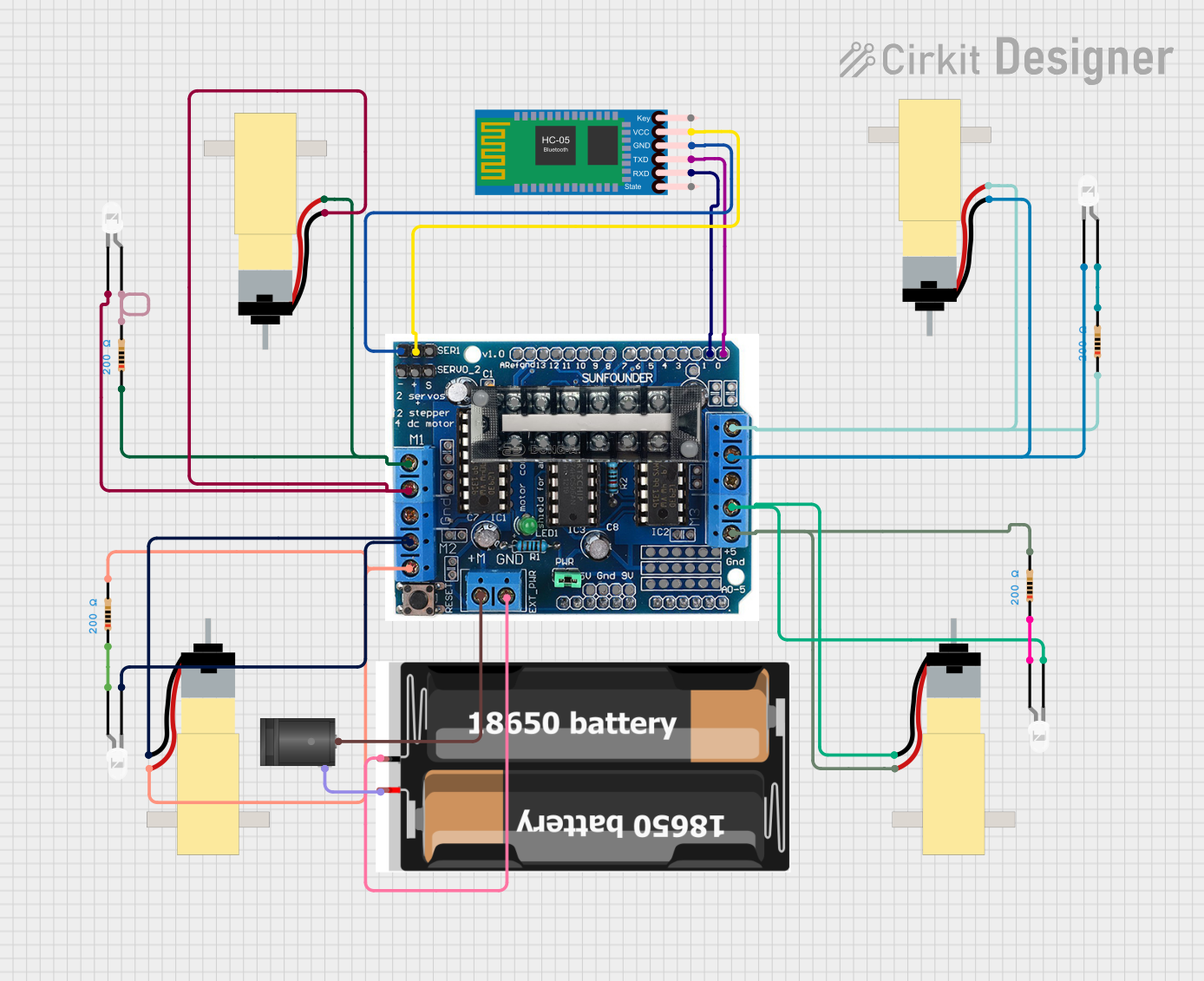
 Open Project in Cirkit Designer
Open Project in Cirkit Designer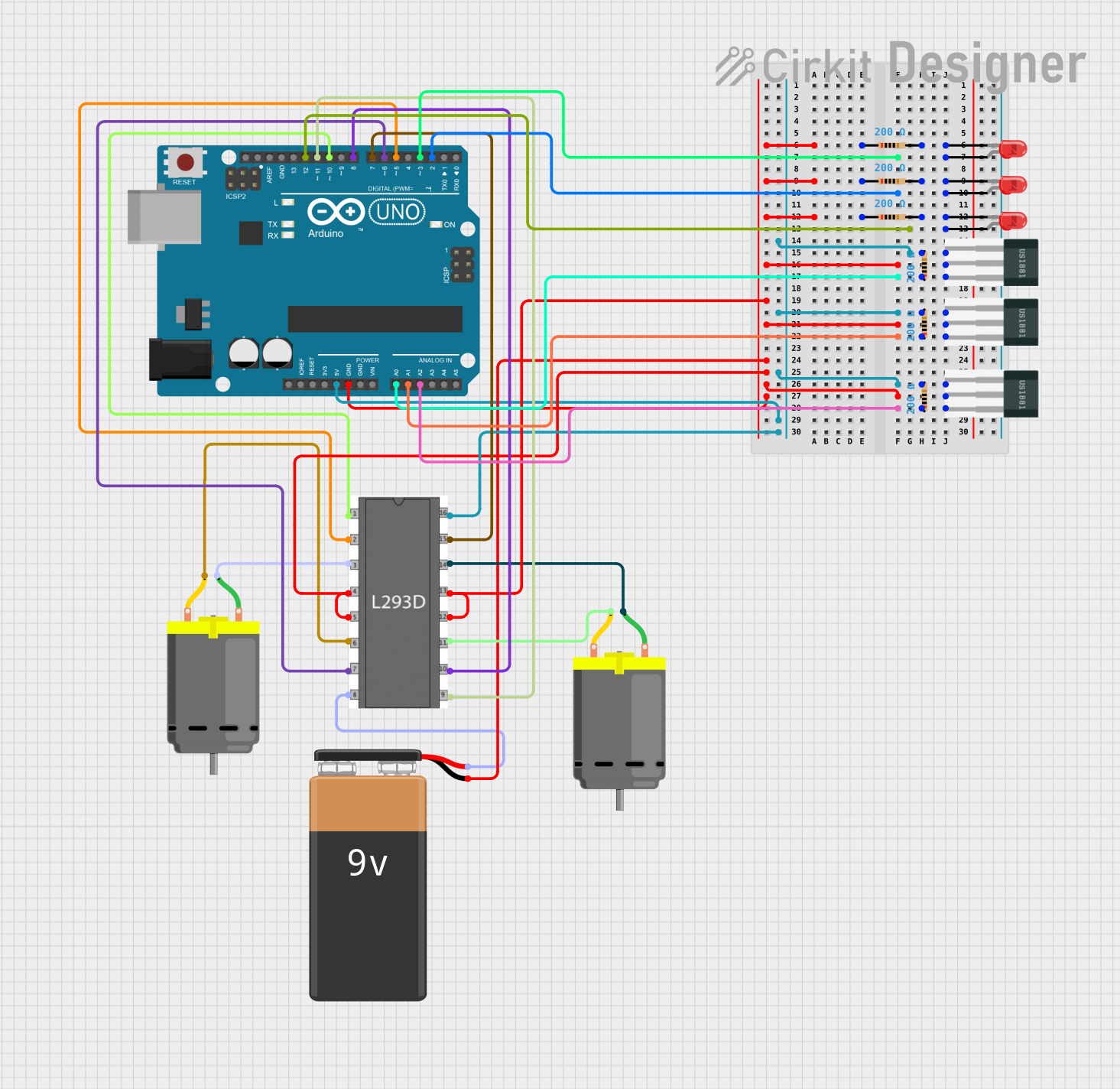
 Open Project in Cirkit Designer
Open Project in Cirkit Designer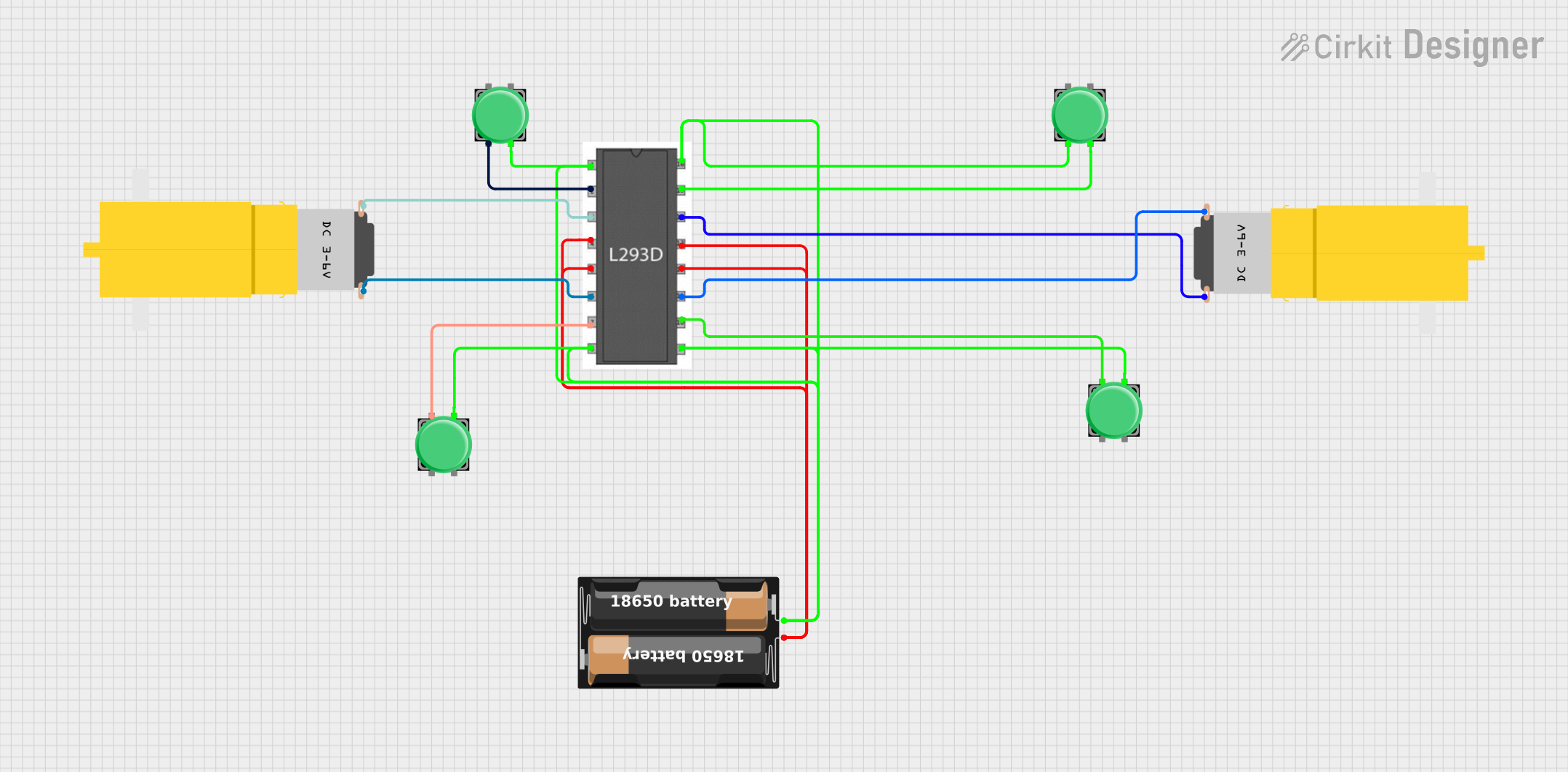
 Open Project in Cirkit Designer
Open Project in Cirkit DesignerExplore Projects Built with L293D

 Open Project in Cirkit Designer
Open Project in Cirkit Designer
 Open Project in Cirkit Designer
Open Project in Cirkit Designer
 Open Project in Cirkit Designer
Open Project in Cirkit Designer
 Open Project in Cirkit Designer
Open Project in Cirkit DesignerCommon Applications and Use Cases
- Driving small DC motors for robotics
- Controlling stepper motors in 3D printers and CNC machines
- Operating dual motor configurations in remote-controlled vehicles
- Managing solenoids in automated systems
Technical Specifications
Key Technical Details
- Motor Voltage (VM): 4.5V to 36V
- Logic Voltage (VSS): 4.5V to 7V
- Output Current (each channel): 600mA
- Peak Output Current (each channel): 1.2A
- Enable Input Voltage: Up to 7V
- Internal Clamp Diodes: For inductive transient suppression
Pin Configuration and Descriptions
| Pin Number | Name | Description |
|---|---|---|
| 1 | 1,2EN | Enable pin for Motor 1; when high, Motor 1 is enabled |
| 2 | 1A | Input 1 for Motor 1 |
| 3 | 1Y | Output 1 for Motor 1 |
| 4 | GND | Ground |
| 5 | GND | Ground |
| 6 | 2Y | Output 2 for Motor 1 |
| 7 | 2A | Input 2 for Motor 1 |
| 8 | VS | Motor Supply Voltage |
| 9 | 3,4EN | Enable pin for Motor 2; when high, Motor 2 is enabled |
| 10 | 3A | Input 1 for Motor 2 |
| 11 | 3Y | Output 1 for Motor 2 |
| 12 | GND | Ground |
| 13 | GND | Ground |
| 14 | 4Y | Output 2 for Motor 2 |
| 15 | 4A | Input 2 for Motor 2 |
| 16 | VSS | Logic Supply Voltage |
Usage Instructions
How to Use the L293D in a Circuit
- Connect the motor supply voltage (VM) to pin 8, and the logic supply voltage (VSS) to pin 16.
- Ground the IC by connecting pins 4, 5, 12, and 13 to the common ground of the power supply and the microcontroller.
- Connect the enable pins (1,2EN and 3,4EN) to the microcontroller's digital output pins to control the enable state of each motor.
- Connect the input pins (1A, 2A for Motor 1 and 3A, 4A for Motor 2) to the microcontroller's digital output pins to control the direction of the motors.
- Connect the output pins (1Y, 2Y for Motor 1 and 3Y, 4Y for Motor 2) to the motor terminals.
Important Considerations and Best Practices
- Use external diodes for inductive loads to protect the IC from voltage spikes.
- Ensure the power supply can provide sufficient current for the motors.
- Avoid running the IC at its maximum ratings for an extended period to prevent overheating.
- Use heat sinks if operating near the maximum current rating.
Example Code for Arduino UNO
// Define the L293D control pins
#define MOTOR1_EN 9
#define MOTOR1_A 2
#define MOTOR1_B 3
// Initialize the motor control pins
void setup() {
pinMode(MOTOR1_EN, OUTPUT);
pinMode(MOTOR1_A, OUTPUT);
pinMode(MOTOR1_B, OUTPUT);
}
// Function to control motor direction and speed
void motorControl(int speed, boolean reverse) {
digitalWrite(MOTOR1_EN, HIGH); // Enable the motor
analogWrite(MOTOR1_A, reverse ? 0 : speed); // Set speed and direction
analogWrite(MOTOR1_B, reverse ? speed : 0); // Set speed and direction
}
// Main program loop
void loop() {
motorControl(255, false); // Full speed forward
delay(2000); // Run for 2 seconds
motorControl(255, true); // Full speed reverse
delay(2000); // Run for 2 seconds
}
Troubleshooting and FAQs
Common Issues Users Might Face
- Motor not running: Check if the enable pin is set high and the input pins are correctly configured.
- Insufficient motor speed or torque: Ensure the power supply can deliver enough current and the motor voltage is within the specified range.
- IC overheating: Use a heat sink or reduce the load on the motor.
Solutions and Tips for Troubleshooting
- Verify connections and solder joints for any loose or cold solder points.
- Measure the voltage at the motor terminals to ensure the IC is outputting the correct voltage.
- Check the logic input signals with an oscilloscope or logic analyzer to confirm they are being received by the L293D.
FAQs
Q: Can the L293D drive two motors simultaneously? A: Yes, the L293D can drive two motors at the same time, one connected to outputs 1Y and 2Y, and the other to 3Y and 4Y.
Q: What is the function of the enable pins on the L293D? A: The enable pins allow you to turn the motor outputs on or off. When the enable pin for a motor is high, the motor is enabled and can be controlled by the input pins.
Q: Do I need to use external diodes with the L293D? A: The L293D has built-in clamp diodes for inductive transient suppression. However, for heavy inductive loads, additional external diodes may be used for enhanced protection.